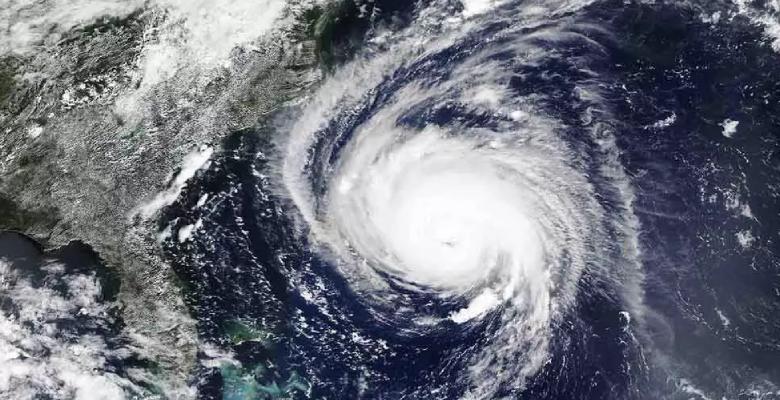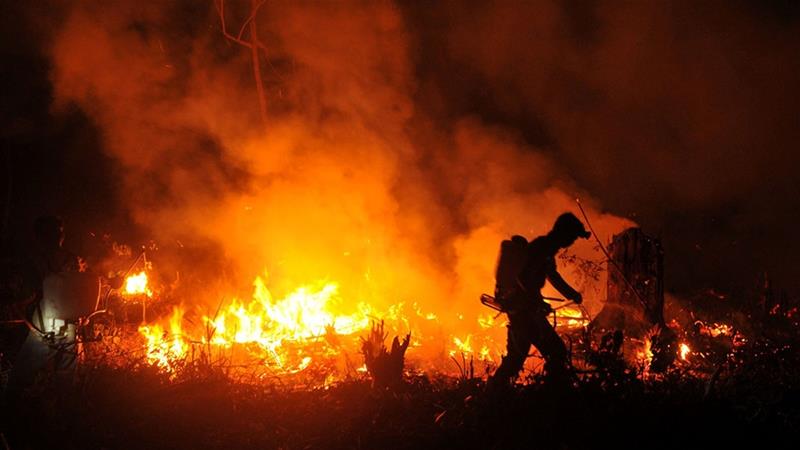The picturesque landscapes of Kashmir and Ladakh, typically adorned in pristine white during winters, have witnessed an unusual phenomenon this year – the absence of snowfall. This departure from the norm not only affects the region’s winter tourism but has far-reaching implications for the local climate, agriculture, and overall economy. Let’s delve into the factors contributing to this anomaly and explore the potential consequences.
The Dwindling Snowfall:
Gulmarg, a prominent winter tourism destination in Kashmir, is notably bereft of snow this season. The impact is tangible, with a significant drop in tourist footfall, affecting businesses reliant on winter activities such as skiing. Data from the previous year indicates a 60% decrease in tourist arrivals, and the trend seems to persist this season.
Beyond the tourism sector, the lack of snow holds critical implications for the region’s climate, winter crops, and horticulture, as well as water availability in streams and rivers. The entire Jammu and Kashmir, along with Ladakh, has experienced an unusual dry spell, with a substantial rainfall deficit in December and an unprecedented 100% rain deficit in January, according to the India Meteorological Department (IMD).
Factors at Play:
The overall diminishing trend of snowfall is attributed to multiple factors. The primary contributor is the decline in Western disturbances, large rain-bearing wind systems that play a pivotal role in winter precipitation in the Himalayan region. Traditionally, the region witnesses four to six such events each month during winters. However, recent years have seen a decline, with only one feeble event in December and another in January this season.
Climate change is identified as a key player in this scenario, leading to a gradual rise in temperatures and adversely impacting the frequency of Western disturbances. A.P. Dimri, an atmospheric scientist, emphasizes that the increasing temperatures, especially in elevated areas, further contribute to the diminishing snowfall.
El Nino, an abnormal warming of sea surface temperatures in the Pacific ocean, is identified as an additional factor this year. The persistent El Nino event has disrupted global atmospheric circulation, potentially exacerbating the deficit in precipitation.
Implications and Consequences:
The repercussions of a snowless winter are manifold, encompassing both short-term and long-term effects. In the long term, the reduced snowfall is expected to impact hydroelectricity generation, accelerate glacier melting, and adversely affect the drinking water supply due to minimal groundwater recharge.
In the short term, the absence of snow raises concerns about increased forest fires, agricultural drought, and a decline in crop production. The early arrival of spring, a consequence of the dry spell, can lead to premature flowering, reducing yields for crucial crops like apples and saffron, which play a pivotal role in the local economy.
Conclusion:
The snowless winter in Kashmir and Ladakh is not merely a visual spectacle but a complex interplay of climatic factors with far-reaching consequences. Understanding the causes and implications is crucial for devising sustainable solutions and adapting to the changing climate patterns. As the region grapples with the challenges posed by dwindling snowfall, collective efforts, and informed measures become imperative to safeguard the diverse ecosystems and livelihoods intertwined with this unique corner of the world – Shivalik Tales unfolding in a new chapter.



